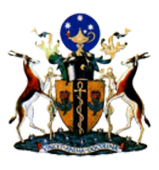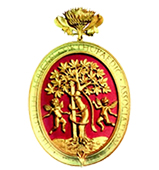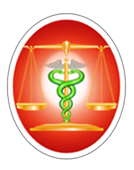Causes of Wrist Cracking and Popping
Popping and cracking in your wrist (also known as crepitus) can be an uncomfortable sensation that arises during many of your daily activities. Unfortunately, the origins of this joint noise are not always clear-cut.
Mueller-Weiss Syndrome: What to Know
Mueller-Weiss syndrome is a rare condition that causes severe arch pain on the inside of your mid- and hindfoot. It’s mostly found in people ages 40-60, and it’s much more common in women.
Seven tips for exercising safely during a heatwave
When summer temperatures soar, the idea of working out might be the furthest thing from your mind. But just because it's hot doesn't mean you can't still squeeze a workout in if you want to, though there are a few adjustments you may need to make to your normal routine.
85% return to skiing after hip arthroscopy
The return-to-competition rate in elite skiers and snowboarders after hip arthroscopy a very impressive 85%, according to a new study. The study, “Femoroacetabular Impingement in Elite Skiers and Snowboarders: Return to Sports and Outcomes After Hip Arthroscopy,” was published online on April 6, 2022 in The American Journal of Sports Medicine.
Women with exertional compartment syndrome may have higher recovery rate after fasciotomy
Results presented here showed female athletes who underwent fasciotomy for exertional compartment syndrome may have a greater likelihood of postoperative recovery and greater symptom resolution compared with male athletes.
-
Sandton
MediclinicDr SD Smith
Suite 16, First Floor, Main building
Main Rd & Peter Place
Bryanston
Sandton, GA 2021Tel:
-
Netcare Waterfall
City HospitalDr A Naidoo
Room 301, Waterfall Sports Centre
Exam Room 5. South Block
Magwa Cres & Mac Mac Avenue
Vorna Valley
Midrand, GA 1682Tel:
-
Intercare Sandton Day/
Subacute HospitalDr SD Smith
Day cases can be offered
Consultations at Sandton Mediclinic
200 Rivonia Rd
Morningside
Sandton, GA 2196Tel:
-
Brits Mediclinic
Consultation Block,
1st floor, Room 103
8 Kerk Street
Brits, 0250sTel :










